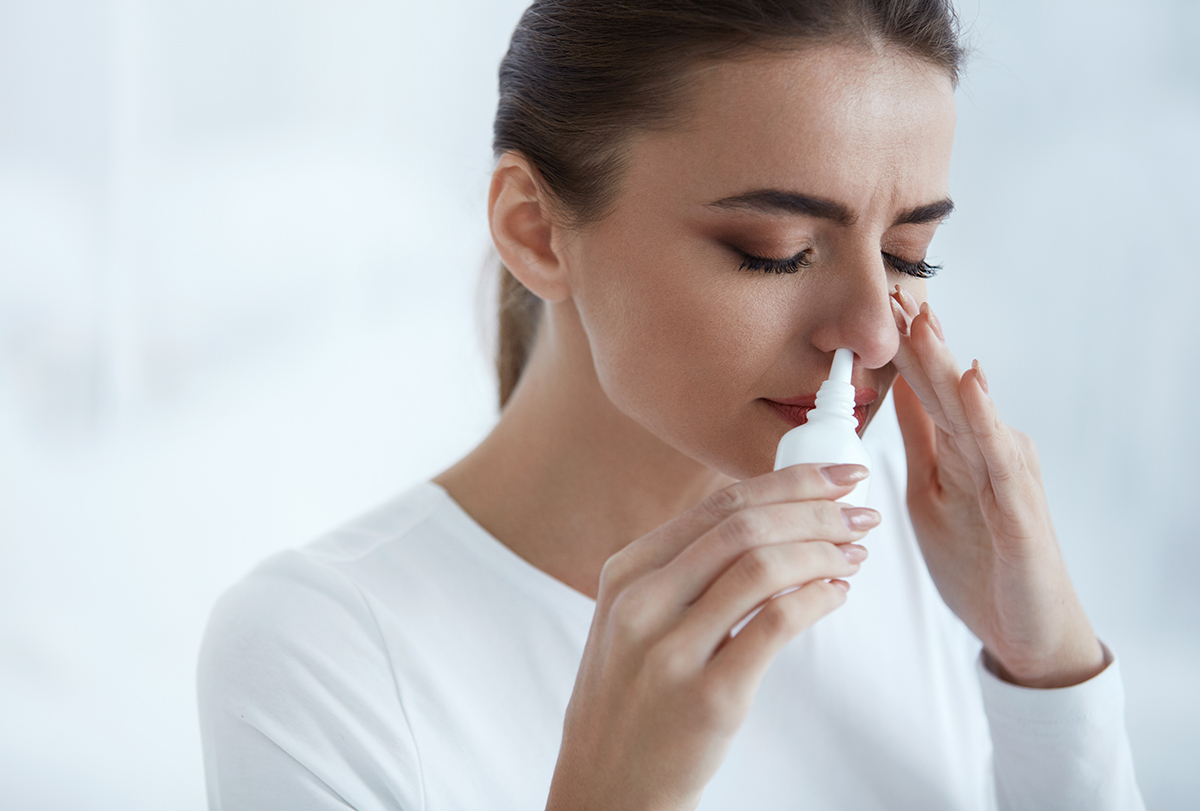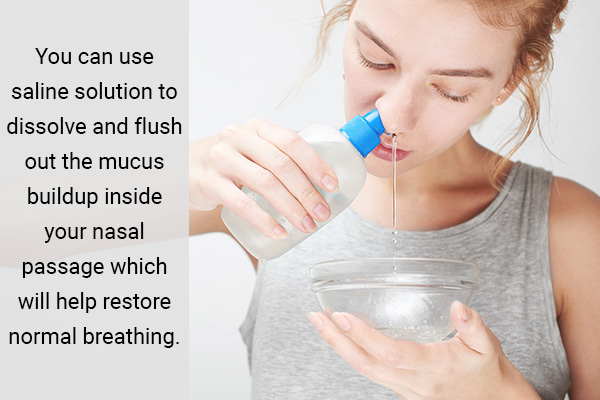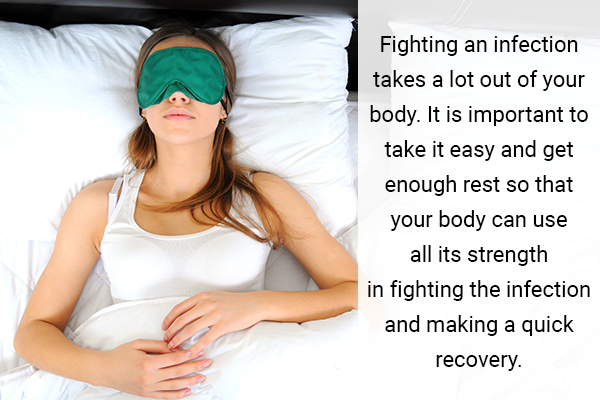In this article:
The nose and sinuses are some of the most complex and fascinating organs that humans have.

Chronic sinusitis, as it is named, is a chronic, lifelong disease that mostly affects a patient’s life quality. Multi-institutional scientific studies confirmed that patients with chronic sinusitis have a worse life quality than patients with chronic back pain, chronic lung disease, and congestive heart failure.
Acute sinusitis tends to resolve within 4 weeks, subacute sinusitis within 4–12 weeks, whereas chronic sinusitis persists for more than 12 weeks.
A good nose equals good health, whereas a bad nose leads to a miserable life quality and bad health. A bad nose leads to bad lungs, sleep disorders such as snoring and sleep apnea, weight gain, chronic fatigue, depression, chronic headaches, ear and throat diseases, marital problems, and many other chronic health-related problems.
Keeping your nose and sinuses healthy may become one of the most challenging tasks of your life.
Unfortunately, sinus infections are common and often misdiagnosed and poorly treated. The overwhelming majority of infections begin with an exposure to a common virus and/or an acute drop in environmental temperature.
These viruses inhaled by the nose specialize in paralyzing the little cilia that must constantly be in motion. Poor motion of these cilia rapidly leads to an overgrowth of local bacteria, and within 5–7 days, acute bacterial sinusitis may develop. (1)
At-Home Remedies for Acute Sinusitis
Viral sinusitis may not always progress into a bacterial infection if the immune system is strong enough. The following measures can help in getting symptomatic relief and speeding up recovery:
1. Use a sinus rinse

You can use a saline solution to dissolve and flush out the mucus buildup inside your nasal passage, which will help restore normal breathing.
All you need to do is mix sodium in distilled water, and then administer it into your nostrils using a spray bottle or directly pour it in. (2)
2. Apply a warm compress
Applying gentle heat over the inflamed part of the sinus cavity can help relieve the swelling, congestion, and pain associated with this condition. It is an easy and effective way to get rid of sinus headaches.
Soak a clean soft towel in warm water, wring out the excess liquid, and place it on the affected area of the face. Make sure the towel isn’t so hot that it irritates, stings, or burns your skin.
3. Keep yourself hydrated
Drink lots of water, electrolytes, broths, and other healthy clear fluids to dilute the mucus so that it drains out of the nasal cavity with ease. Plus, a well-hydrated body is better equipped at fighting infections.
You can also eat water-rich fruits and vegetables to meet part of your fluid needs while also getting additional nutrients to accelerate the healing process.
4. Try using humidifiers
Install a humidifier in your room to increase moisture in the air you breathe in. This will help dissolve the thick mucus inside your sinus cavity to facilitate its easy expulsion through the nostrils.
Make sure to clean the humidifier properly after every few days to prevent the growth of mold or bacteria inside it.
5. Elevate your head
A simple trick to facilitate easy breathing while you sleep is to place a couple of pillows under your head. Gravity will force the mucus to flow downward and drain out of your nasal passages.
6. Get proper rest

Fighting an infection takes a lot out of your body. It is important to take it easy and get enough rest so that your body can use all its strength in fighting the infection and making a quick recovery.
7. Steam therapy can help
Simply inhaling the steam from a pot of warm water or in a hot shower can help loosen the mucus inside your sinus cavity so that it drains out easily. (3)
8. Eat spicy foods
Spicy foods help dissolve the mucus accumulated inside your nasal passages to facilitate its drainage and thereby relieve congestion and restore normal breathing.
Add hot peppers, hot sauce, horseradish, or wasabi to your meal.
9. Consume a nutritious diet
Consume a well-balanced healthy diet replete with extra garlic, vitamin C, and zinc to boost your immunity so that you recover faster.
Vitamin C, in particular, is a powerful antioxidant that can help curb the sinus inflammation and reduce the duration of the infection. (4)
10. Try over-the-counter medications
You can take anti-inflammatories to reduce fever and congestion, decongestants, and medications to loosen the mucus.
Preventing Acute Sinusitis
Keep your nose and sinuses happy by adopting a few simple measures:

- Maintain a healthy lifestyle and follow a nutritious diet with fruits, vitamins, and adequate hydration. (5)
- Be sure to dress well when outside temperatures drop below 64°F or 18°C.
- Avoid picking your nose and rubbing your eyes.
- Wash your hands often, and avoid close contact with a sick family member or friends.
- Keep your plumbing open and clean.
Correlation of Nose and Sinuses Function
The nose’s main function is breathing. Humans are supposed to be nose breathers since more than 12,000 liters of air passes through the nose daily.
In addition, the nose is one of the most sophisticated air filters. It can filter particles down to four tiny microscopic microns, while moisturizing and warming air, bringing it to the lungs as pure air at a constant humidity and temperature.
The nose and sinuses are living organs similar to the heart, lungs, and others, changing and adjusting themselves based upon environmental factors and needs. (6)
The functions of the sinuses are now better understood, and they are found to be affected by the body’s immune system. The sinuses are capable of producing their own natural “antibiotics,” attempting to reduce and fight infections. (7)
The nose is not a sterile place. In fact, the body is made of billions of cells and carries trillions of bacteria! The most challenging question is how to maintain a “peaceful,” “friendly,” and mutually beneficial relationship between the body and its bacterial flora.
Anatomically, the nose and sinuses may be simply compared to a set of rooms, walls, doors, and living hair cells. The nose is the main room, while all of the eight sinuses that most humans have are the next door’s rooms placed both on the side and above the nose and eyes.
The sinuses must remain open, draining into the nose via natural anatomic doors. The sinuses are not empty rooms; they are lined with a living “carpet” and a “wallpaper” made of tiny hair cells, or cilia, that move at a constant frequency to drain back into the nose everything that attempts to remain inside and potentially causes harm.
For a nose to function properly, it has to have “open plumbing,” adequate amounts of loose mucus, and constantly beating cilia. Unfortunately, environmental pollution, toxins, viruses, bacteria, and seasonal allergens too often negatively affect both the nose and sinuses, leading to common diseases such as chronic sinusitis. (8)
Complications Associated With Acute Sinusitis
A poorly diagnosed or untreated bacterial sinusitis may progress and lead to a lung infection such as bronchitis or even severe pneumonia. So, it is important not to delay treatment as it can lead to such serious complications.
When to See a Doctor
Normally, a bout of viral sinusitis may last up to 5–7 days. However, this viral sinus infection may turn into a bacterial infection, usually indicated by mucus that becomes thick and colored, possibly needing a course of antibiotics.
At this point, patients are advised to consult their physicians who may perform a nasal culture and prescribe a proper course of antibiotics.
Using irritants such as cayenne pepper and others may not be advisable.
Final Word
Early symptoms of acute viral sinusitis are nasal congestion and obstruction. It is often associated with a fever, posterior nasal drainage of clear mucus, a sore throat, headaches, muscle aches, fatigue, and often a cough.
These common symptoms should subside within 5–7 days if the body’s immune system is strong enough and if conservative measures are successful.
If symptoms linger or worsen during this period, consulting your physician is advisable to ascertain that a proper diagnosis is made and timely interventions are implemented.
- Was this article helpful?
- YES, THANKS!NOT REALLY


